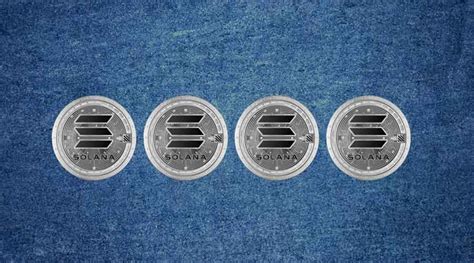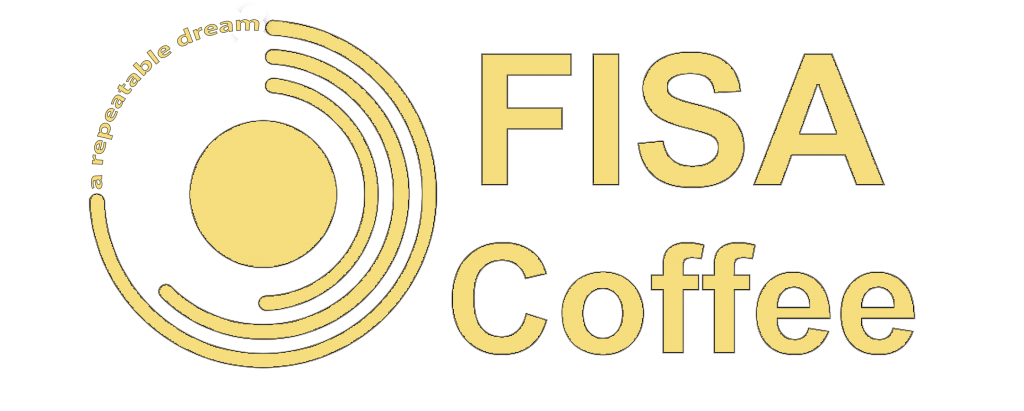وبلاگ
Solana: Why are nested reference arrays being used for the signer seeds , what exactly is the logic behind it?
REFERENCE ACOBS NEST IN SOLANA: a deep dive in anchor language
Solana, a fast and scalable blockchain platform, has gained popularity for its high -performance and low latency transactions. One of the key features that make Solana unique is the use of nested reference array (NRAS) for signatory seeds. In this article, we will explore because the nested reference arrays are used in the anchor language programs on Solana.
** What are the nested reference arrays?
Nidified reference arrays, also known as nested pointers or array with references, allow developers to archive more array within a single array. This is useful when it comes to complex data structures that you need to access and modify simultaneously.
In the context of Solana, the nested reference arrays are used for the seeds of the signatory, who are unique identifiers assigned to the accounts on the blockchain. The seeds of the signatories are essential to validate transactions and guarantee the integrity of the network. Using NRAS in the anchoring programs on Solana, developers can store more series of signed seeds in a single array, making it easier to manage and recover them.
The logic behind nested reference array
So why should someone want to use nestified reference array for signatory seeds? The logic behind this choice is based on the way in which the anchor language programs work. When a program is completed and performed on Solana, it must perform various tasks, such as transactions validation, data education and information recovery. To achieve these tasks efficiently, language also provides various hooks and abstractions that allow developers to work with nested array and episodes.
In the case of the signatory seeds, the NRAs provide a way to preserve more sets of seeds in a single array. This allows developers to manage their seeds more effectively, as they can access them and modify them without having to update separate arrays. The nested reference arrays also allow a more efficient use of memory, since more signatory seeds can be preserved within the same array.
Example program: transfer

To demonstrate the use of referenced to reference array in the anchoring programs on Solana, we take a look at an example program from Solana’s official documentation:
`Rust
Use Anchor_lang :: Prelude ::*;
Use Anchor_lang :: System_program :: {Transfer, Transfer};
Declares_id!
#[Account]
Pub Stuct MyACCount {
Pub Firder_seeds: VEC
}
#[System_program]
Pub Fn Transfer (
_info: Programinfo,
_signer: signature <'_>,
_Recipient: signature <'_>,
_Value: U128
) -> Result <(), & Str>
{
Let Mut Account = Loans :: Get_acCount ();
// Check if there are signatory seeds to be transferred
If!
For Seed in & Account.signer_seeds {
// retains the signatory seed in a nested array
Account.signer_seeds.push (Nra :: New (& Seed, 0);
}
// Transfer the seed of the signatory to the recipient
Transfer_seed (& mut account, && _, _recipient, _value)
} Other {
// manages the case in which there are no signatory seeds
Do! ();
}
}
In this example program, we define amycacount ‘structure that stores a signatory seed carrier. The transfers function is used to transfer the seeds of the signatory between the accounts.
We use the hook of the nidified reference array (Systempramrogram) to archive more sets of signed seeds in a single array within the same account. TheNRAS :: New (& Seed, 0) method creates a new nestified reference array with the value of current seed and an initial index of.
Conclusion
Nidified reference arrays are a useful functionality in the anchor language programs on Solana for the storage of complex data structures, such as signatory seeds.



